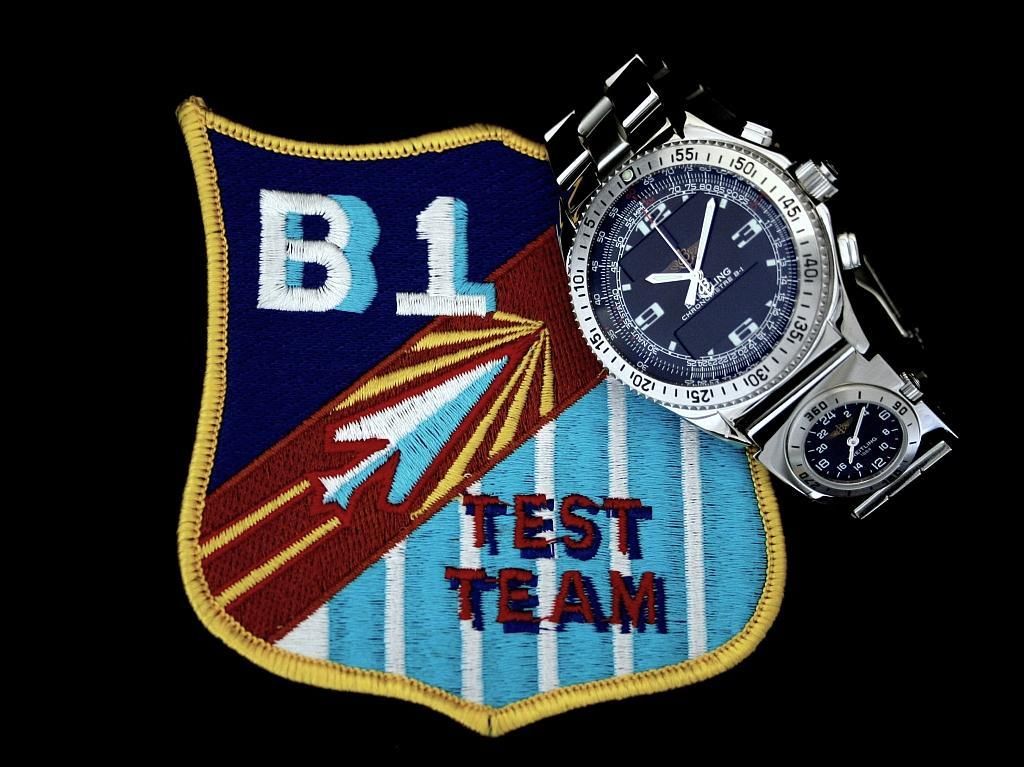Roffensian wrote:
keagans wrote:
Never subjected to anything beyond normal 24/7 wear which includes the shower and which I would consider normal.
Sorry to be the party pooper, but I'm not sure that I agree with that statement.
The B-1 is rated to 50m static water pressure, or 5 atmospheres. No idea what's coming out of your shower, but faucet / tap pressure is generally 4 - 5 atmospheres so I can easily see how regular showering in a B-1 would result in exposure of greater than the rated pressure.
Add to that the fact that showers tend to deliver very fine streams of water and we may well be establishing the source of the problem.
Further to Roff's opinion, this...
Found on the "BlueDial" site, excellent clarification on the subject...
"Water Resistance and Watches
There are several features that help make a watch water-resistant. The most important is the gaskets, or 0 rings-made of rubber, nylon or Teflon which form watertight seals at the joints where the crystal, case back and crown meet the watch case. if the watch is a chronograph, the chronograph pushers will also have gaskets.
In addition, water-resistant watch cases are lined with a sealant, applied in the form of a quick-hardening liquid, which helps keep water out.
The thickness and material of the case is also a big factor in determining whether a watch can safely be worn underwater. The case must be sturdy enough to withstand pressure without caving in. In general, this means a steel or titanium case or a steel case plated with gold, manufacturers say. Solid gold cases can be water resistant provided they are sufficiently thick.
A screw-in case back, as opposed to one that pushes in, also contributes to a watch's water resistance. A screw-in crown, a feature of many divers' watches, helps prevent water getting into the case through the watch-stem hole. When it is screwed down it forms a water tight seal much like the seal between a jar and its lid.
Definition of Water Resistance
The different levels of water resistance as expressed in meters are only theoretical. They refer to the depth at which a watch will keep out water if both watch and the water are perfectly motionless. These conditions, of course, are never met in the real swimmer's or diver's world. In real life, the movement of the wearer's arm through the water increases the pressure on the watch dramatically; so it can't be worn to the depths indicated by lab testing machines.
Usage Recommendations
The following usage recommendations are suggested by most watch manufacturers.
Water-resistant to 30 meters (100 feet). Will withstand splashes of water or rain but should not be worn while swimming or diving.
Water-tested to 50 meters (165 feet). Suitable for showering or swimming in shallow water.
Water-tested to 100 meters (330 feet). Suitable for swimming and snorkeling.
Water-tested to 150 meters (500 feet). Suitable for snorkeling.
Water-tested to 200 meters (660 feet). Suitable for skin diving.
Diver's 150 meters (500 feet). Meets ISO standards and is suitable for scuba diving.
Diver's 200 meters (660 feet). Meets ISO standards and is suitable for scuba diving.
Please note that we do not recommend swimming or diving with your watch unless it has a screw-down crown (also known as screw-lock or screw-in crown) and is water-resistant to at least 100 meters.
Care for a Water Resistant Watch
It is not recommended to wear your water resistant watch in a hot shower, sauna or hot tub. The extreme heat causes the metal parts to expand at a different rate than the rubber gaskets. This creates small openings that can allow water droplets to penetrate the watch. Sudden temperature changes are especially harsh. Take care not to jump into a cold pool after wearing your watch in the hot tub.
After swimming or diving in salt water, immediately rinse the watch in a stream of fresh water. If your watch has a rotating bezel, turn the bezel several times while rinsing it. This will prevent salt buildup and corrosion of the bezel ring.
Some chemicals can corrode the gaskets and make it vulnerable. Heavily chlorinated water can cause problems, as can spray-on perfumes and hairsprays that work their way into the watch's seams and damage the gaskets. (They can also damage your watch's finish.)
Leather straps can be made to be water resistant too. Generally however, leather straps are more easily damaged by frequent exposure to water. So if you are going to wear your watch while swimming -- think of buying one with a metal bracelet or a rubber or nylon diver strap."My own B-1 is rinsed with clean tap water quite often and has been in many rain showers but never a good hot home shower and it never will. Same with my Navitimers (30M WR rating). I've never had a problem with the watch and it remains one of the finest timepieces I've ever owned. BTW, here is a quote from the Breitling Sales Handbook...
"Because the water resistance gaskets are subjected to many aggressions (dust, cosmetics, perspiration, temperature changes), the water resistance of a watch has a limited duration. When the watch is used intensively in water, all gaskets should be replaced once a year as part of a service, In other cases, this should be done every two years, or at least each time the battery is replaced."Reading this, I have to assume the gaskets in Keagan's B-1 were not replaced every year because showering with a watch would surely have to be considered as "used intensively in water". I assume water temperature would have contributed to the "intensive" use when worn in the shower. I apologize if this offends but IMHO the watch itself did not fail...

Best,
Ron



















